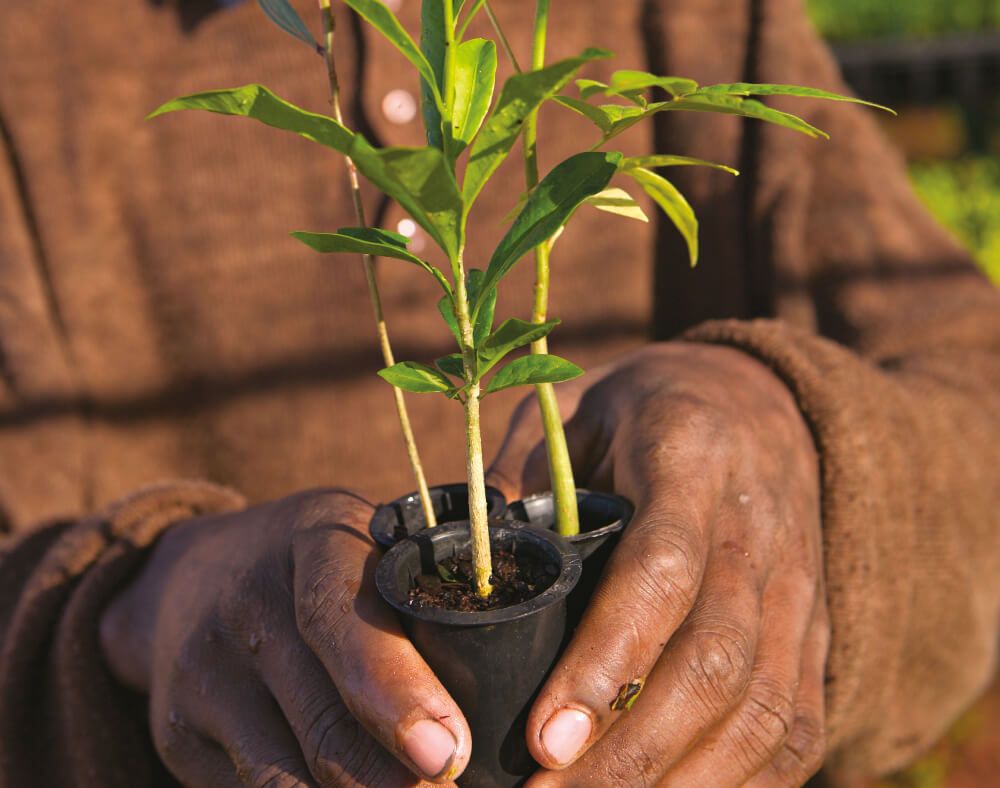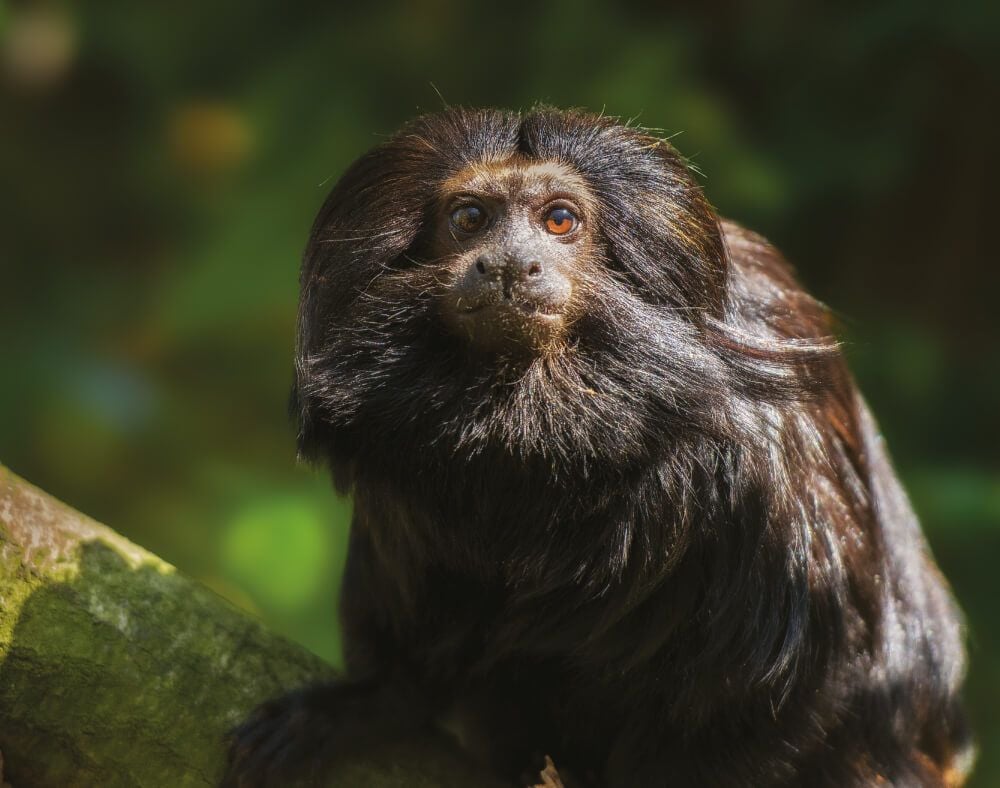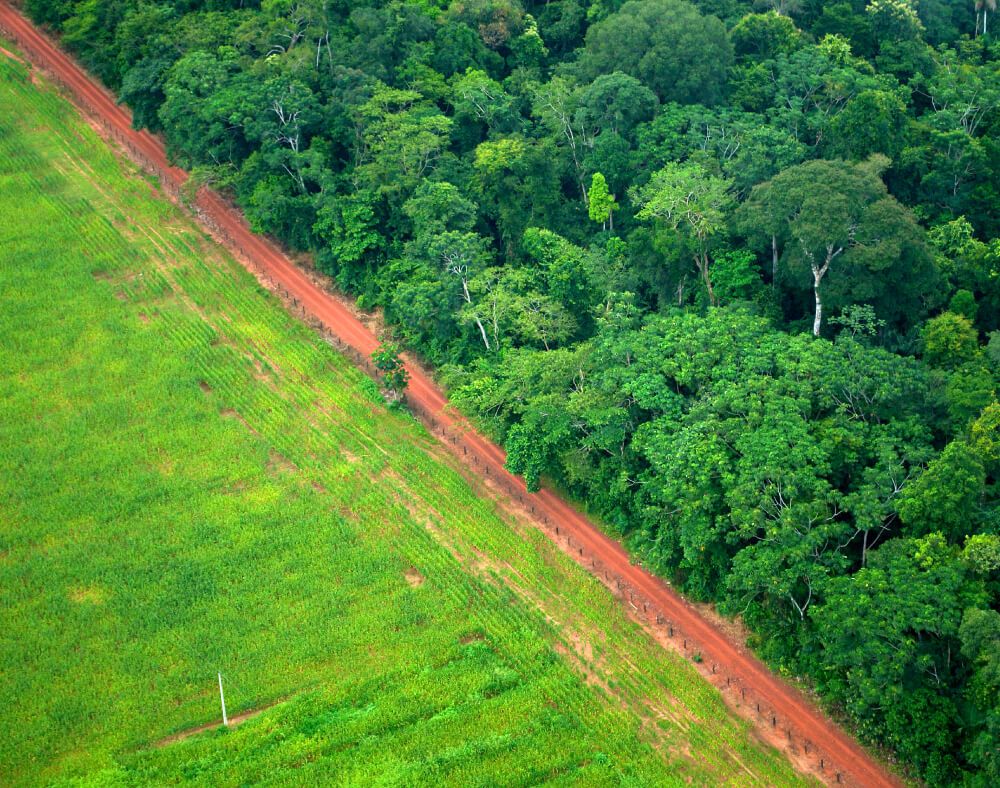Good news for forests in Belize from the World Land Trust
Posted on
|
The World Land Trust has great news for forests! On 16 January 2020, the Governement of Belize signed the declaration of North-eastern Biological Corridor of Belize. It covers an area of nearly 70,000 acres and links the northernmost nature reserve in Belize with more central natural habitats. It’s really important, because it’s the first step towards achieving a total North-South corridor crossing the whole country as the map shows! It’s a tremendous example of public-private partnership: the government of Belize, local NGOs, private landowners and many international donors – including the World Land Trust – have been involved. UNITED FOR CONSERVATION, The corridor connects a system of three protected areas in one system. Deforestation has caused the loss of over 25,000 acres of forest in tihe last 10 years. This will now allow big animals such as jaguar and Baird’s Tapirs enough space to move freely between protected areas and so ensure their long term survival! It will also help build climate resilience into Belize’s network of protected areas. Why was this acquisition necessary? In Belize, about 50% of the country is under natural vegetation cover. About 35% of the country is under some form of protection. So it is still possible to create biological corridors between protected areas. It’s vital that these acquisitions take place, and speedily, because agricultural development are increasingly encroaching on forest. How did supporters of the World Land Trust The World Land Trust mobilised its supporters and inspired new ones to raise funds to support this land acquisition. It included 2018’s Big Match Fortnight Jungle for Jaguars campaign, and another Buy an Acre opportunity a few months after that. (The Big Match Fortnight normally comes in October when donations are matched for a specific appeal – it is incredible how much and how speedily this builds up.) Donate in memory of someone special Ask someone to donate as a gift for you Please do donate to the World Land Trust if you can, and keep an eye on their website. I often post news of their new appeals here, so you can watch this space as well. They are a wonderful charity and it’s good to give a meaningful gift which will last, so if you’re looking for a gift for a wildlife lover, making a donation could be a great way to do something to really make a difference – a win, win, win all round! This was the You Tube Video for Jungle for Jaguars – it raised £532,000 in the Big Match Fortnight (normally early October) alone and hit the £600,000 target by Christmas, helping to save 8,154 vital acres. A further 1,818 acres were saved a few months later.
|
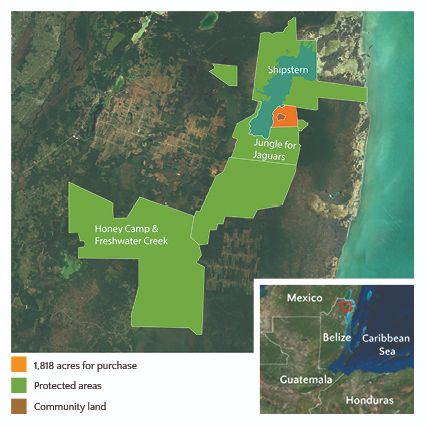
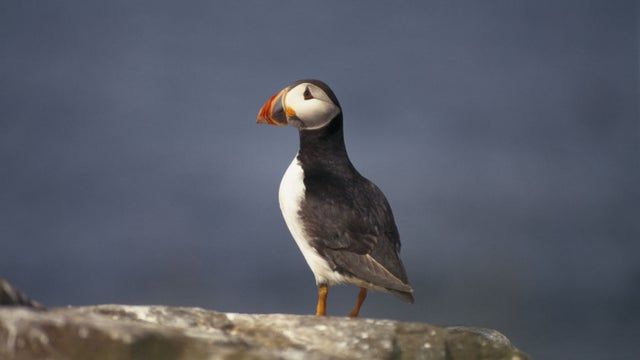
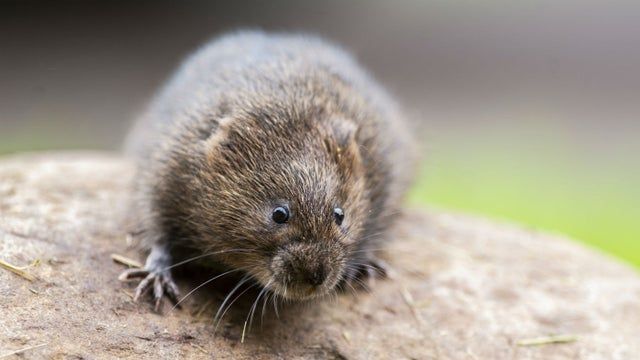 Read the National Trust's 2019 wildlife and weather review
Read the National Trust's 2019 wildlife and weather review